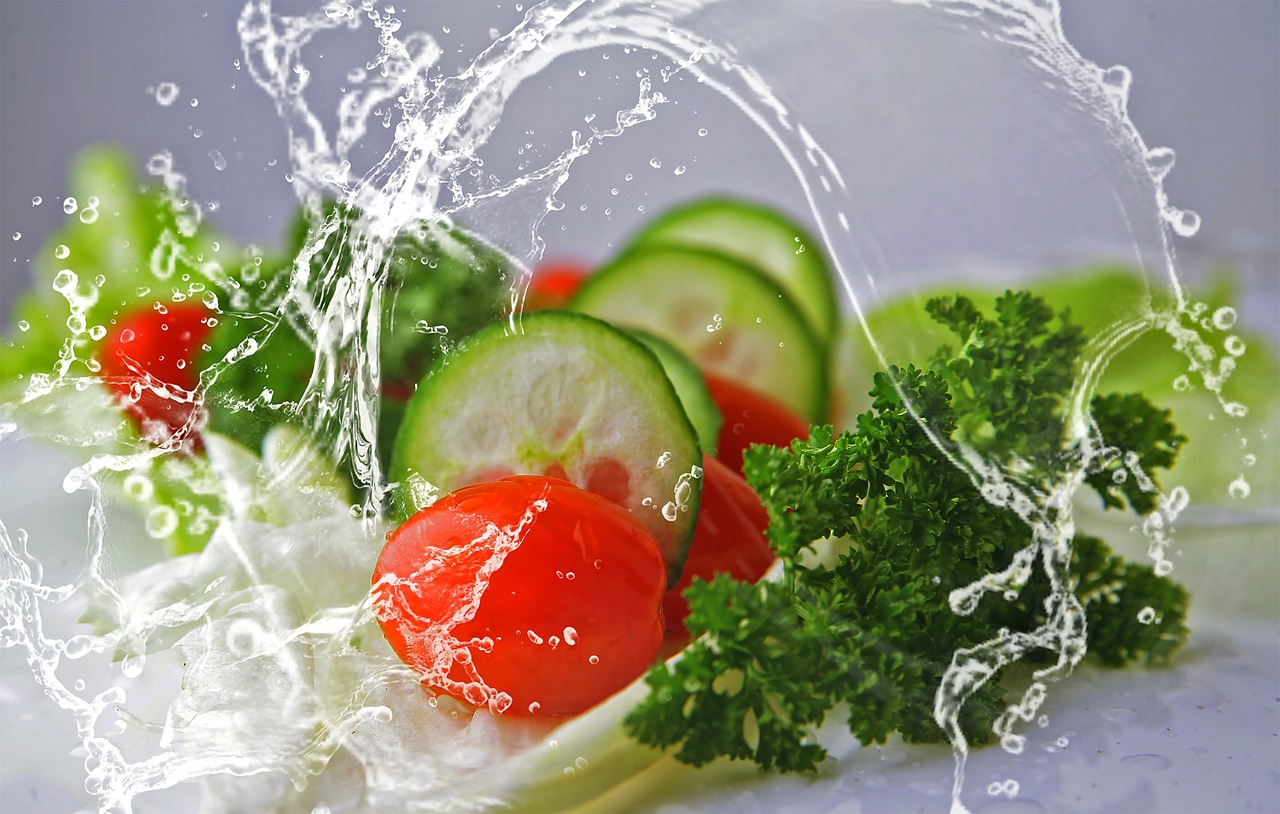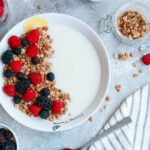Understanding Clean Eating
Clean eating is more than just a diet—it’s a philosophy that revolves around consuming whole, unprocessed foods in their most natural state. Unlike restrictive eating plans, clean eating encourages balance and nourishment, making it a sustainable approach to long-term wellness. By eliminating processed foods laden with artificial additives, excess sugar, and unhealthy fats, individuals can foster a healthier relationship with food.
This lifestyle isn’t about deprivation. Instead, it focuses on fueling the body with nutrient-dense foods that provide essential vitamins, minerals, and antioxidants. From fresh vegetables to lean proteins, clean eating prioritizes quality over quantity, making every bite count.
The Core Principles of Clean Eating
At its core, clean eating is guided by a few fundamental principles:
- Emphasizing Whole Foods: Prioritizing fresh fruits, vegetables, whole grains, lean proteins, and healthy fats.
- Minimizing Processed Foods: Reducing or eliminating packaged items that contain artificial ingredients, refined sugars, and unhealthy preservatives.
- Choosing Organic When Possible: Opting for organic produce and grass-fed meats to avoid pesticides, antibiotics, and hormones.
- Hydration with Purpose: Drinking plenty of water and herbal teas while avoiding sugary drinks and excessive caffeine.
- Mindful Eating Habits: Eating with intention, savoring flavors, and recognizing hunger cues rather than eating out of boredom or stress.
By following these principles, individuals can develop a cleaner, more intuitive approach to their daily meals.
Benefits of Adopting a Clean Eating Lifestyle
Transitioning to clean eating offers a myriad of benefits that extend beyond weight management. Some key advantages include:
- Improved Digestion: Whole foods are rich in fiber, which promotes gut health and prevents digestive discomfort.
- Enhanced Energy Levels: Nutrient-dense foods provide sustained energy, preventing the crashes associated with refined sugars.
- Stronger Immune System: A balanced diet packed with vitamins and minerals helps fortify the body’s defenses.
- Reduced Risk of Chronic Diseases: Clean eating minimizes the intake of harmful substances linked to heart disease, diabetes, and obesity.
- Clearer Skin and Better Mood: Removing artificial additives and excess sugar can lead to improved skin health and a more stable mood.
Foods to Embrace and Avoid
When embracing clean eating, knowing which foods to include and which to sidestep is essential.
Foods to Embrace:
- Fresh fruits and vegetables (organic when possible)
- Whole grains like quinoa, brown rice, and oats
- Lean proteins such as grass-fed beef, free-range poultry, and wild-caught fish
- Healthy fats from avocados, nuts, seeds, and olive oil
- Natural sweeteners like raw honey and pure maple syrup
Foods to Avoid:
- Processed foods with artificial additives and preservatives
- Refined sugars and sweeteners such as high-fructose corn syrup
- Hydrogenated oils and trans fats
- Packaged snacks with unrecognizable ingredients
- Fast food and excessive fried items
By making mindful choices, clean eating becomes an intuitive and rewarding experience.
Practical Tips for Transitioning to Clean Eating
Shifting to a clean eating lifestyle doesn’t have to be overwhelming. Start small and build sustainable habits over time.
- Gradual Substitutions: Replace processed snacks with whole alternatives, such as swapping chips for roasted nuts.
- Read Labels: Avoid foods with unpronounceable ingredients and excessive additives.
- Home-Cooked Meals: Preparing meals at home ensures control over ingredients and portion sizes.
- Stock a Clean Pantry: Keep nutrient-dense staples on hand to prevent the temptation of unhealthy choices.
- Practice the 80/20 Rule: Aim for consistency rather than perfection—80% whole, unprocessed foods and 20% flexibility.
Meal Planning and Preparation Strategies
Planning ahead makes clean eating more manageable and less time-consuming.
- Create a Weekly Menu: Outline meals in advance to avoid last-minute unhealthy choices.
- Batch Cooking: Prepare staple items like grains, proteins, and vegetables in bulk for easy meal assembly.
- Pack Smart Snacks: Keep wholesome options like fresh fruit, nuts, or yogurt readily available.
- Use Portion Control: Balance macronutrients in each meal to maintain energy levels and satiety.
With the right strategies, clean eating can fit seamlessly into even the busiest lifestyle.
Common Misconceptions About Clean Eating
Despite its benefits, clean eating is often misunderstood. Here are some common myths debunked:
- “Clean eating is expensive.” While organic options can be costly, budget-friendly choices like seasonal produce and bulk grains make clean eating affordable.
- “It’s too restrictive.” Clean eating isn’t about deprivation but rather choosing high-quality, nourishing foods.
- “All processed foods are bad.” Not all processed foods are harmful—some, like frozen vegetables and minimally processed whole grains, can still align with clean eating principles.
Summary: Sustainable Clean Eating for a Healthier Life
Clean eating isn’t a fad—it’s a conscious, sustainable way to nourish the body and improve overall well-being. By prioritizing whole foods, eliminating unnecessary additives, and embracing mindful eating habits, anyone can embark on a transformative wellness journey. Small, consistent changes make all the difference, turning clean eating from a challenge into an effortless lifestyle.
Please like, comment, and share this article if you found it helpful and
informative.
For more news check out Big Town Bulletin News
For more from Big Town Bulletin check out Big Town Bulletin
Please like, comment, and share this article if you found it helpful and
informative.
For more news check out Big Town Bulletin News
For more from Big Town Bulletin check out Big Town Bulletin


